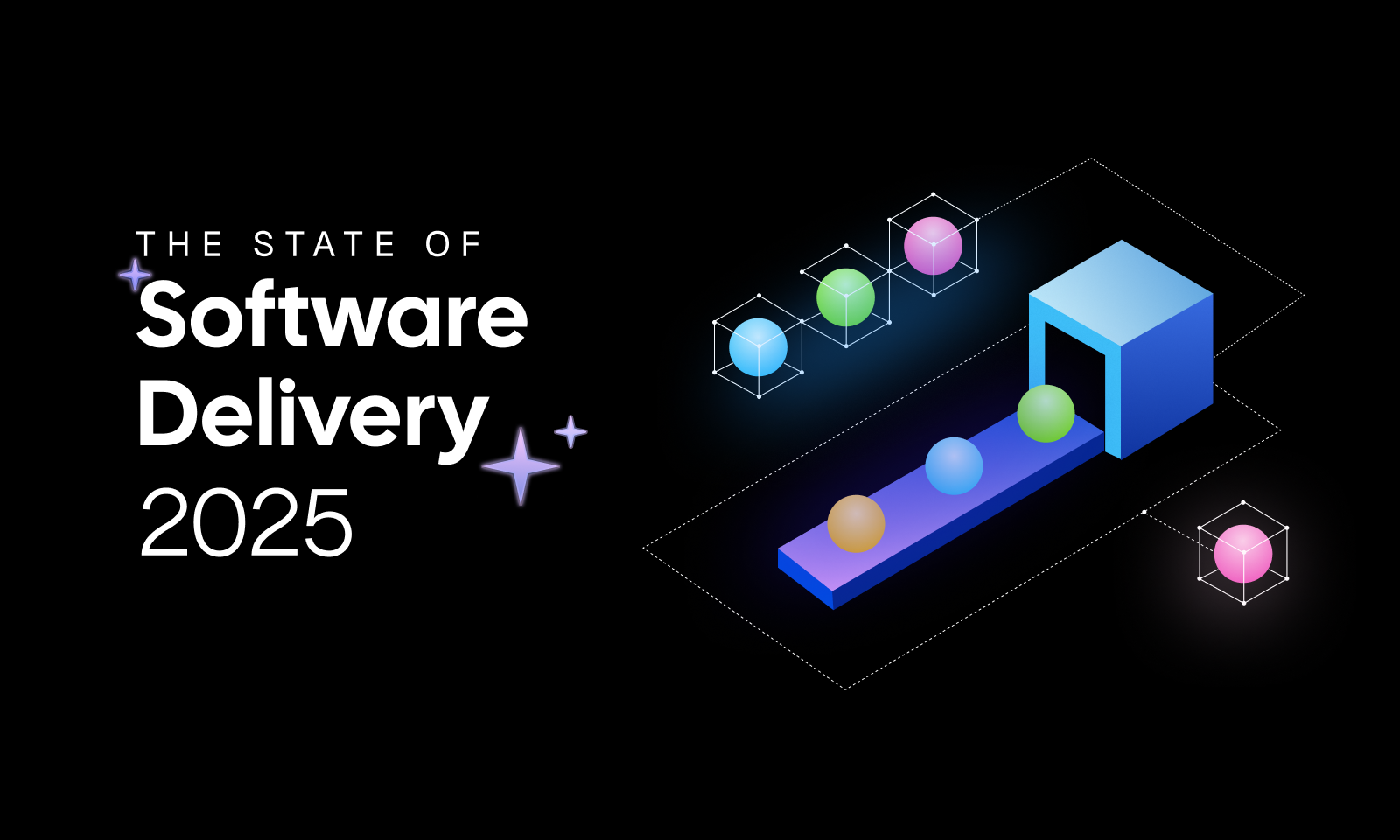
Your DevOps toolchain is likely too complicated, a result of years of ad-hoc additions. This complexity creates brittle pipelines, frustrates developers, and directly hinders business velocity. The fix isn't another tool, but a deliberate strategy focused on building golden paths, embracing smart automation, and creating a unified, streamlined experience that makes the right way the easy way for your development teams.
For all the investment we’ve poured into DevOps, let’s be honest about the result: many development teams are still drowning. Pipelines are brittle, rollbacks are a frantic, manual scramble, and security reviews remain a predictable bottleneck. It can take months just to get a new developer productive.
This isn’t the streamlined future we were promised. So, what went wrong?
In our recent webinar, "Your Developers Hate Your DevOps Stack—Here's Why," we explored the friction most toolchains create and what platform teams can actually do about it.
The Quiet Tax of Complexity
These aren't just developer frustrations; they are business problems. A slow release cadence means delayed features and lost market opportunities. Manual processes don't just waste time; they invite deployment errors and security oversights. The developer fatigue from wrestling with brittle tooling isn't just a morale issue; it’s a primary driver of burnout and attrition.
The data confirms what many of us feel in our day-to-day work. The 2024 State of Developer Experience Report paints a familiar picture:
- Two-thirds (67%) of developers are still executing rollbacks by hand.
- Security requirements are a common source of delay for 59% of teams.
- Nearly half (44%) find their end-to-end testing cycles too slow.
- A staggering 97% report that toolchain sprawl forces constant, productivity-killing context switching.
No one sets out to build a broken system. These stacks are the result of years of well-intentioned, tactical decisions. A new tool is added to solve one specific problem, then another to solve the next. Over time, this organic growth leaves you with a sprawling, fragile collection of scripts and plugins. You end up with duplicated logic, inconsistent security, and an onboarding process that looks more like an archeological dig.
How Did We End Up Here?
The problem isn't any single tool. It's the architecture—or lack thereof—that holds them together.
- Tool Sprawl: Too many interfaces, too much glue code. Developers spend more time debugging the delivery process than delivering code.
- Misaligned Incentives: Central platform teams are often measured on stability and control, while development teams are measured on speed. This tension is at the root of most ticketing queues and developer frustration.
- Outdated Tradeoffs: We still talk about "speed vs. security" as if it's a fundamental law of physics. Modern tooling and practices have moved on, yet our thinking remains stuck in these false dichotomies.
I saw this firsthand at a large enterprise. A developer needing a new pipeline had to file a ticket and wait up to two weeks. The central platform team, prioritizing governance, had to manually review and provision every request. They lacked the automation and templates to move faster. The result? Developers were frustrated, the platform team was buried in tickets, and innovation ground to a halt. Nobody was lazy or incompetent; the system itself was designed for friction.
What a Better Stack Actually Looks Like
You don’t need to scrap everything and start over. The fix is more about adopting a few foundational principles.
- Build Golden Paths, Not Guardrails. Create reusable, opinionated templates that make the right way the easy way. A well-designed "golden path" feels like a paved road, not a locked cage. Let developers opt-in and build on top of it.
- Embrace Smarter Automation. Use technology to handle the repetitive, high-stakes work. AI-driven verification can analyze a deployment's health and trigger a safe, automatic rollback far faster and more reliably than a human can.
- Make Security a Feature, Not a Gate. Embed security and governance into the process from the start with policy-as-code. When security is automated and baked in, it stops being a blocker and becomes just another part of the workflow.
- Unify Where It Counts. Whether you adopt a comprehensive platform or build an Internal Developer Platform (IDP) over best-of-breed tools, the goal is the same: reduce the number of integration points a developer has to think about.
How Harness Can Help
At Harness, we've built our platform around these principles to simplify software delivery without limiting its power. With Harness, you get:
- Reusable Pipeline Templates: Define standard patterns that teams can inherit and extend, ensuring consistency without stifling innovation.
- AI-Powered Deployment Confidence: Our AI rollback with automated verification capabilities acts as a safety net for every deployment.
- Built-in Governance: Policy-as-code is a core part of the platform, not an add-on.
- A Modular Approach: Start with the modules you need today—like CI, CD, or Feature Flags—and expand as your needs evolve.
Whether you’re trying to eliminate friction in CI or roll out standardized golden paths for dozens of teams, Harness provides a more solid foundation to build upon.
Watch the Webinar
If this sounds familiar, I invite you to watch the full webinar on-demand. We go deeper into these concepts with real-world examples and practical advice for building a DevOps stack your developers won't hate.



